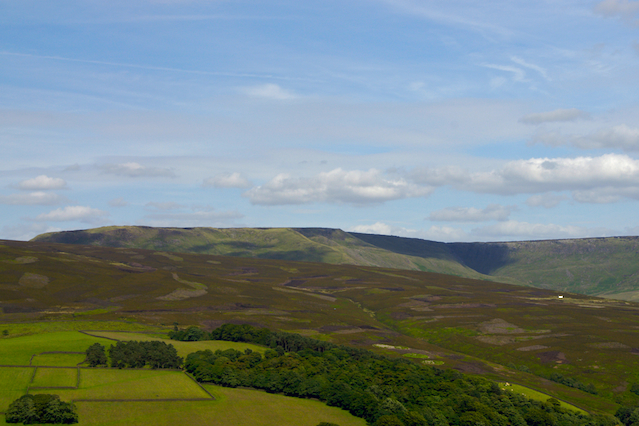Locations
Maui is one of the Hawaiian islands, and is formed of two inactive volcanoes. It is also called the "Valley Island", because of the flat land between the volcanoes.
As it was a beautifully sunny day on Sunday 23 April, a walk out with the camera seemed like a good idea, so I decided on a stroll along the Peak Forest Canal, starting at New Mills.
There were a few butterflies to be seen, Orange-tip (Anthocharis cardamines), Comma (Polygonia c-album) and Speckled Wood (Pararge aegeria).
With travel restricted, walks locally have given me the chance to become better aquainted with wildlife within a short distance from home.
A few birds, some common, others less so. Canada geese (Branta canadensis) can be seen in most places with water in New Mills, such as the Peak Forest canal and the Goyt Valley. The house sparrow (Passer domesticus), although a familiar bird, has declined in the UK, numbers falling to nearly half of mid '70's population. The goosander (Mergus merganser) is a fishing duck, having a long, sawlike bill.
Hayfield is a village nestling on the western edge of the Peak District National Park, with much of the parish lying within the Park. Hayfield parish thus includes some habitats consid ered internationally important, primarily the blanket bog on Kinder plateau. There are a number of Hamlets in the parish, Little Hayfield and Rowarth falling within the National Park, whilst Birch Vale and Hayfield Village itself fall outwith the park boundary.
This map shows most of Hayfield village.
Clicking on the small picture of the map will show a larger version. If you want a high resolution version to download, there is a download icon. It is a moderately large download (1.22MB), and is in the PNG format, with full transparency.
Savegre lies in one of Costa Rica's mountainous areas, on the slopes of the Talamanca mountain range (Cordillera de Talamanca). I stayed for a couple of days in this private reserve, looking at (mainly) birds found here, at elevations between about 2,000m and 2,500m.
This area is known as montane rain forest in the Holdridge life zones system. Forests at this elevation are often (as here) subject to low-level cloud cover for at least part of the year and are also known as cloud forests.
More Articles …
Subcategories
Costa Rica
Costa Rican wildlife seen on a trip during the dry season
I had long wanted to visit Costa Rica, largely due to its high biodiversity, which is in part due to the range of different ecosystems present.
One method of describing land areas is the Holdridge life zones system, with twelve of these life zones found in Costa Rica (which can be further sub-divided with transitional zones).
The life zones are defined by latitude, humidity and elevation.
Holdridge life zones present in Costa Rica
| Tropical dry forest | Premontane moist forest | Lower montane moist forest | Montane wet forest |
| Tropical moist forest | Premontane wet forest | Lower montane wet forest | Montane rain forest |
| Tropical wet forest | Premontane rain forest | Lower montane rain forest | Subalpine rain paramo |
There are other ways of classifying habitats found in Costa Rica, for instance the mangroves forest present beside (for example) the Sierpe River are not separated out in this system.
I booked a wildlife tour with Naturetrek, with the local arrangements made with Cotinga tours, followed by a couple of weeks volunteering at the Cabo Blanco Absolute Nature Reserve, visiting some (but by no means all!) of the life zones above.
Hayfield
Hayfield village

